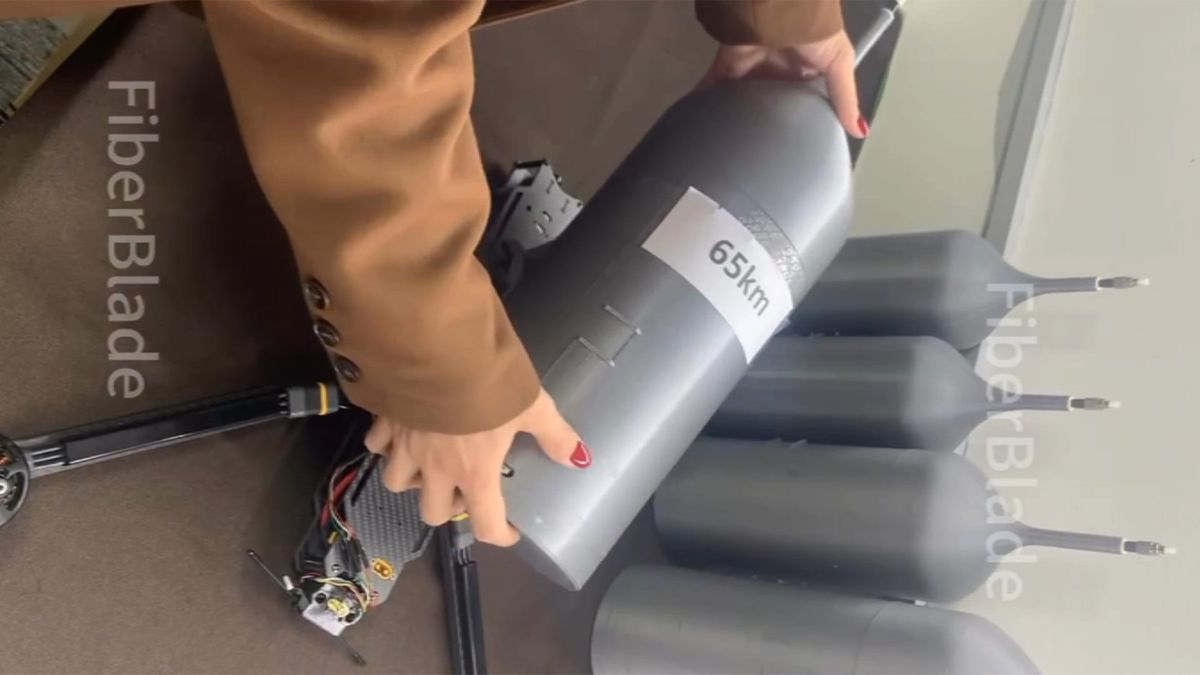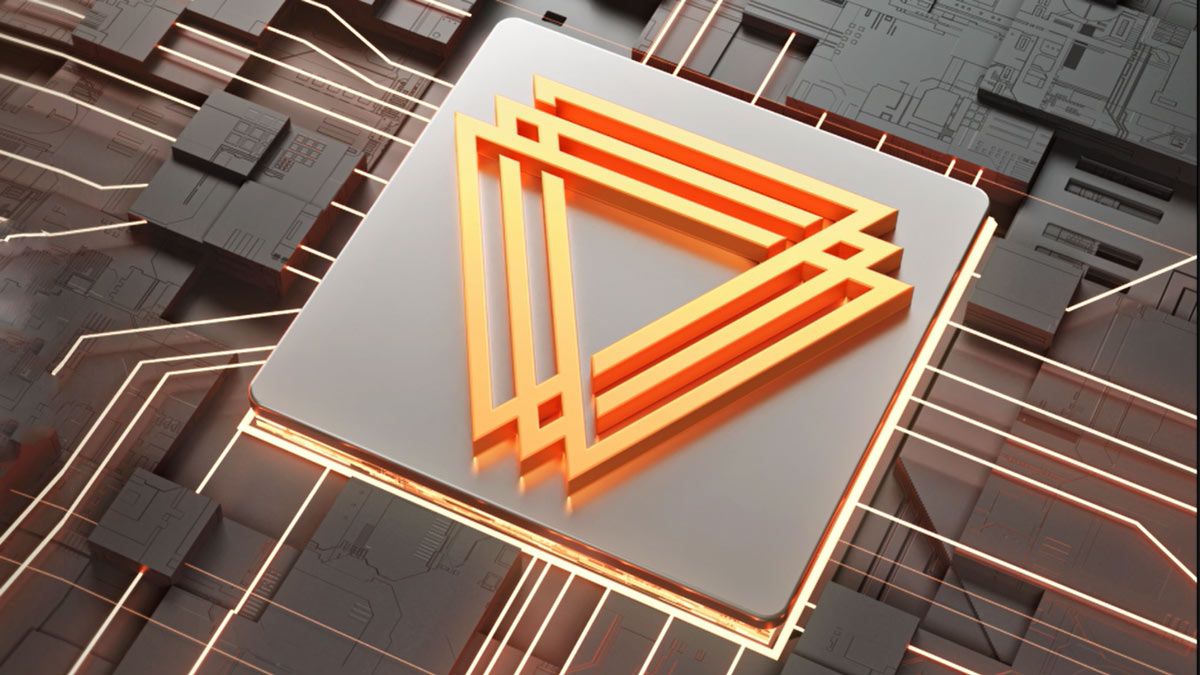Microsoft is laying off thousands of employees, even as its profits and stock price hit historic highs. For many worried about the future of work in the age of artificial intelligence, the message is chilling: performance and profitability are no longer protections against the axe.
The software giant, which is playing a central role in the generative AI boom, confirmed to Gizmodo on Wednesday that it is undergoing another major round of layoffs. While Microsoft did not provide an exact figure, only saying it’s less than 4% of its workforce, Gizmodo estimates the total cuts at approximately 9,000 jobs based on internal announcements and previously reported reductions throughout the year.
The company last disclosed its global workforce at 228,000 employees as of June 2024.
Here’s how the layoffs have unfolded so far: Fewer than 1 percent of staff were cut in January (performance-related), more than 6,000 jobs were eliminated in May, 300 more in June. With this latest wave, Gizmodo calculates the total cuts for July to be around 8,777 jobs, or just under 4 percent of the global workforce.
“We continue to implement organizational and workforce changes that are necessary to position the company and teams for success in a dynamic marketplace,” a Microsoft spokesperson said in a statement, without providing further details.
The cuts are impacting a range of levels, departments, and geographies. A source familiar with the matter told Gizmodo that Microsoft’s gaming division, which includes Xbox, is among the areas affected.
Record Profits, Record Cuts
The timing of the layoffs stands in stark contrast to the company’s financial performance. Microsoft is the second-most valuable company in the world, with a market capitalization of $3.65 trillion, trailing only Nvidia. It is also in excellent financial shape. In the most recent fiscal quarter: its net income jumped 18 percent to $25.8 billion, the company announced in April. Revenue climbed 13 percent to $70.1 billion.
“Cloud and AI are the essential inputs for every business to expand output, reduce costs, and accelerate growth,” said CEO Satya Nadella in April. “From AI infrastructure and platforms to apps, we are innovating across the stack to deliver for our customers.” That innovation may also be making thousands of jobs obsolete.
While Microsoft has not officially linked these job cuts to its rapid adoption of AI, the timing raises questions. At Meta’s LlamaCon conference in April, Nadella told CEO Mark Zuckerberg that 20 to 30 percent of Microsoft’s code is now written by AI tools.
Microsoft CTO Kevin Scott has gone even further, predicting that by 2030, AI will write 95 percent of all code used at the company.
The tech giant has invested billions in generative AI, most notably through its close partnership with OpenAI. That includes integrating large language models like GPT into Microsoft Office, GitHub, Azure, and Windows products. These tools are capable of writing, debugging, and deploying code, as well as handling administrative tasks, customer support, scheduling, and more. The company is betting that these technologies will reshape how work is done. But for many employees, especially in tech, AI is already replacing tasks and jobs.
Microsoft Is Not Alone
Across the industry, executives are now openly admitting that AI is shrinking their headcounts. Salesforce CEO Marc Benioff recently said AI is doing “50 percent of the work” at his company, just before announcing another 1,000 job cuts. Klarna CEO Sebastian Siemiatkowski said AI has allowed the fintech firm to reduce its workforce by 40 percent. IBM and Duolingo have also confirmed that they are replacing teams or functions with AI systems
As AI tools become more capable — and cheaper than full-time employees — companies may continue to shed workers even while reporting record growth. Microsoft’s latest move only reinforces that trend. For now, the company insists it is simply restructuring to stay competitive. But for workers watching AI generate code and copy — and executives celebrate those gains — the writing may already be on the wall.









 English (US) ·
English (US) ·